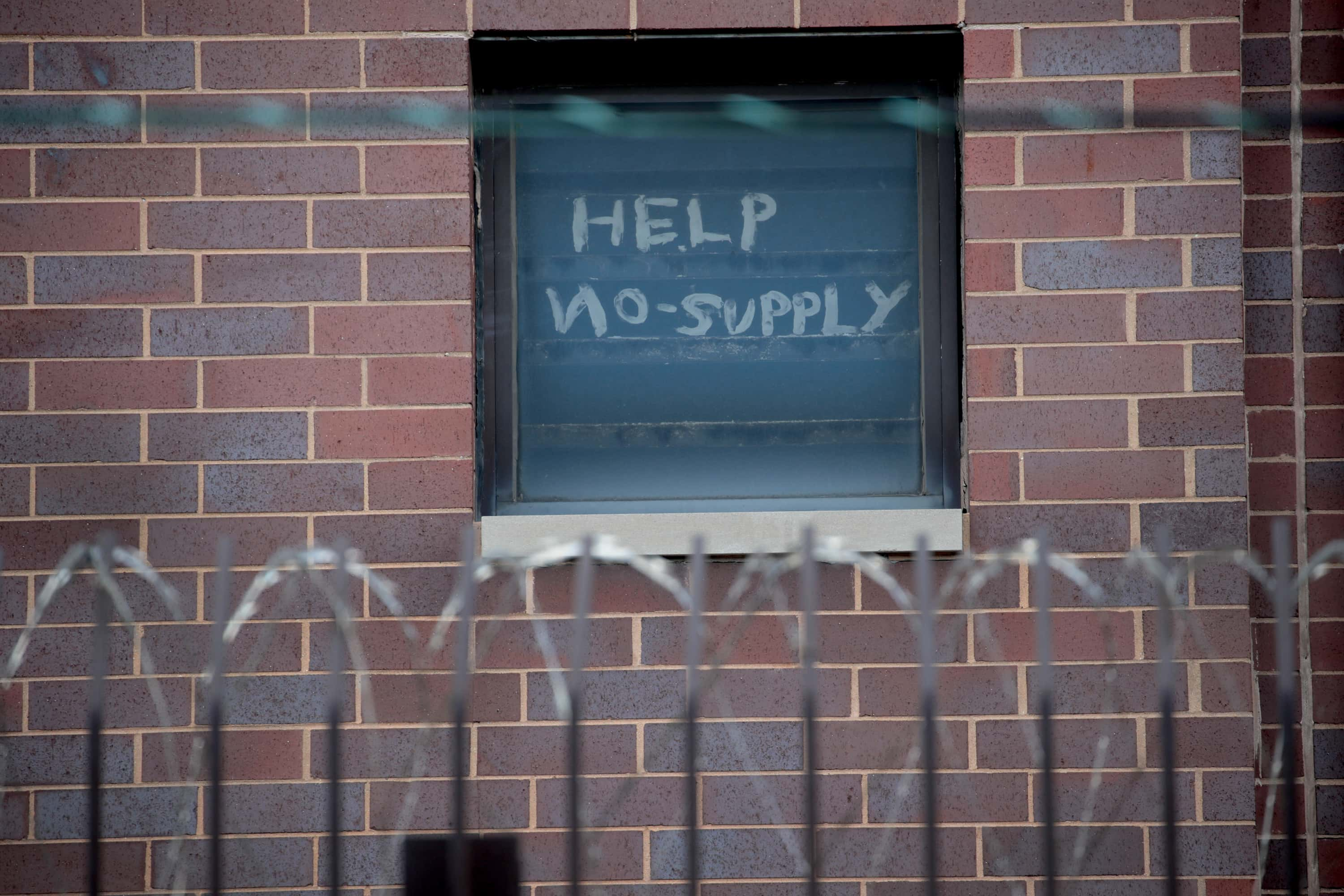Who is John J Lennon? Incarcerated journalist shares harrowing account of life behind bars during pandemic

Over the years, the prison-industrial complex has been at the center of many conversations ranging from free-market capitalism to racism. Since the advent of the coronavirus pandemic, healthcare -- an oft-neglected topic even outside of prison -- became a talking point in this regard.
Even still, reports on what prison life is like (with or without Covid-19 in the air) are hard to come by mostly because it’s a world segregated from the so-called normal society. And this is where a man called John J Lennon comes into the picture. He is the one man who is trying to make prison life seen and heard.
READ MORE

Who is John J Lennon?
Lennon while being the namesake of The Beatles frontman has led a thoroughly different life. Growing up in Hell’s Kitchen, on the west side of midtown Manhattan, Lennon had a rough childhood and gravitated toward violence. Moving in and out of juvie homes, Lennon’s early life was full of crime. And drugs. “I had plenty of opportunities and I squandered them all,” Lennon said once. “I went looking for this lifestyle and unfortunately I got everything it had to offer.”
In 2001, when Lennon was 24, he heard about a man who had been shaking down one of his dealers. What he did next changed his life forever. He lured the man into a rental car and shot him several times with an AR-15 semi-automatic rifle. He then drove down to a pier and dumped the man’s body and a couple of cinderblocks, into the bay.
Lennon was convicted for murder while he was already on Rikers Island on other gang-related charges. Serving 28 years to life, Lennon has been on Rikers Island, in Clinton Dannemora, Green Haven, Attica and Sing Sing. And life inside was rough to him -- to the point where he almost died after getting his lung punctured when he was stabbed in a prison yard.

But then, he made the most of it. For close to a decade now, Lennon has worked as a freelance journalist for the Atlantic, The New York Times, Pacific Standard, Esquire, The Marshall Project, and more. And what better way to get a story on life in prisons than from someone who continues to witness it firsthand?
Lennon’s reporting on the pandemic during incarceration
A year ago, Lennon reported for The Marshall Project about how “Covid breached the wall and killed a man”. In the story, he described what was used for PPE -- “bleach and water concoction in a little earwax remover bottle and stack of paper towels in my pocket... A paper towel covers my mouth. A big rubber band wraps around my ears, keeping it in place. Rubber gloves are on my hands.” Lennone wrote of a prisoner's account in Sing Sing prison and clearly brought out the fears racing through the inmate's mind: "My cell TV plays Covid news ad nauseum about the packed hospitals and limited ventilators. The stakes are high. Doctors are having to make decisions about who lives and who dies. When we pull up to the surrounding hospitals, doctors will only see a criminal on a gurney. They won’t know what we did. So we’re all in this together, at the bottom of the pecking order."
Guards at Sing Sing prison, he reported had just gotten the okay to wear masks in April 2020: “But we still haven’t. Yet guys cover their faces with cut off t-shirt sleeves, scarves, handkerchiefs, whatever they can.” The man who died was supposedly a rapist.

In another piece he wrote earlier this year for the New York Times, Lennon said, “Because of Covid-19, we’ve been on lockdown in New York’s prisons. Visits are suspended. We are in our cells 23 hours a day. In my facility, we get one hour of rec, eight people at a time in the cellblock common area, to shower, to use the phone, to sync our tablets on the kiosk.” This was a report on how extensive it is to communicate with people outside while incarcerated because of stricter visitation rules thanks to the pandemic.
Each and every piece he writes provides a unique insight into the struggles of the incarcerated and it is often a harrowing one. When Covid-19 hit the United States last year, he was incarcerated in Westchester County, one of the pandemic’s first hot spots, at Sing Sing Correctional Facility. Even as people on the outside were required to wear face coverings indoors, “Sing Sing’s roughly 1,300 prisoners, not provided with masks, had to walk around barefaced or make do with handkerchiefs. State records show that 66 people incarcerated at the facility have tested positive as of the end of March,” he wrote.
But that wasn’t the only set of problems. Due to more stringent measures during the pandemic, his mental health went for a toss. “Locked in all day, I felt depression coming on. My mattress is this plastic three-inch thing that sags in the middle. (DOCCS says prison mattresses are four inches thick when they’re issued.) I’d flip it, smack it, but there was no hope. I made the bed in the morning and tried not to sit on it.” he said.
At the same time, he juxtaposed the state’s apathy for prisoners with the kind of kindness that has made its way into the hearts of the inmates in light of the pandemic.
Lennon is a prolific writer. And his works are important. Not just because they show what the pandemic has been like for a group of people hardly anyone seems to care about. But also because of how he tells these stories -- almost always being a part of the stories he tells.










